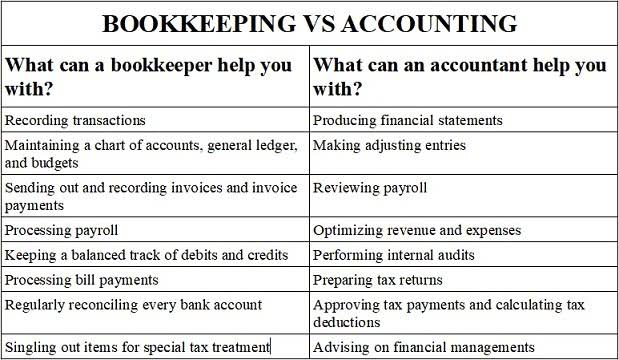Doenças
4 min leitura
What is an Opening Balance for Businesses

Plus, you can export all that data to your accounting software in just a couple of clicks. So, when it comes to things like calculating opening balances, you’ve got everything you need at your fingertips. If you find yourself with an opening balance equity account at the first of the month, don’t panic. It is simply an automated function programmed into accounting software demonstrating an issue with the previous term’s balance sheet. Many accounts in your financial records, such as your bank or individual suppliers, will have closing balances at the end of your accounting period. When you start a new period, make sure to carry closing balances forward to become opening balances.

What is Opening Balance Equity and How Does It Affect Your Business?

These equity accounts are just labeled differently to represent the ownership or form of a business. If the journal accounting entry amount doesn’t match your bank account statement and you close it out, then the software will adjust the opening balance equity account balance. So if you’re considering the financial period to be one month, you will need to look at your balance sheet at the end of every month. Whatever the number is at the end of the month after all your sales have been recorded and all your payments have been made, that is your closing balance. You will then transfer that closing balance to next month’s balance sheet, which will become the opening balance for that period.
Connect every payment. Upgrade every part of your business.

This information guides decision-making processes, helping businesses plan their financial activities and allocate resources effectively. opening balance equity Without an accurate opening balance, even the best accounting software in the world will be limited in what insights it can show you. Without monitoring your opening balance, you’ll have little understanding of your running totals from financial period to financial period. Quite simply, the opening balance of an account is the amount of money, negative or positive, in your account at the start of the accounting period.
- Knowing how opening balances work can help you make informed decisions, maintain accurate financial records, and ensure compliance with tax authorities.
- The opening balance of any real account is the value of a particular class of account on the first day of the financial year.
- The other reason opening balances are so important is that they provide clear answers about your company’s performance to investors, stakeholders and tax authorities.
- Opening balance equity is an account created by accounting software in an attempt to balance out unbalanced transactions that have been entered.
- It is the responsibility of the financial professional to ensure these adjustments are made in accordance with the applicable accounting framework and that they are supported by adequate documentation.
Different types of opening balances
- Retained earnings refer to the profits earned by a company, minus the dividends it paid to the shareholders.
- A professional bookkeeper will help you ensure your books are up-to-date and accurate.
- It’s the first entry in the accounts, either when a company is first starting up its accounts or after a year-end.
- Some people starting a new business will have no opening balances to enter at all.
- If you’re new to business accounting, there’s may be some unfamiliar terms coming your way.
When in doubt, please consult your lawyer tax, or compliance professional for counsel. Sage makes no representations or warranties of any kind, express or implied, about the completeness or accuracy of this article and related content. Accountancy Law Firm Accounts Receivable Management Net recognized the gap in the market in the provision of accountancy and compliance services for entrepreneurs, startups and established business in e-commerce. Equity represents the residual interest in the business after deducting liabilities from assets.

Understanding Business Expenses and Corporation Tax Relief
Here at Big Red Cloud, we recommend checking with your accountant if you are unsure, as they will have direct knowledge of your unique business. These discrepancies adjusting entries often manifest as incorrect entries or mismatches in invoice data, impacting financial records. To avoid these types of issues, conduct a thorough review of your AP processes to optimize operations and reduce the risk of inaccuracies in your financial documentation. A negative balance is mostly seen in a checking account when a business has a negative balance. The negative balance occurs due to issuing checks for significant amounts of cash, that exceed the amount in the checking account.
By business size
If a business has just begun, then the opening balance sheet will contain no account balances at all, or perhaps the equity contributions (and offsetting cash balances) of investors. A newly started business will not have any closing balances for the previous accounting year that has to be carried forward. Instead, the investments and capital of the business will be entered as opening balance for the current accounting year. Knowing what the opening and closing balances of your business are will help to establish exactly how well things are going.